Acetone stripped wood finish
rkmw
10 years ago
Related Stories
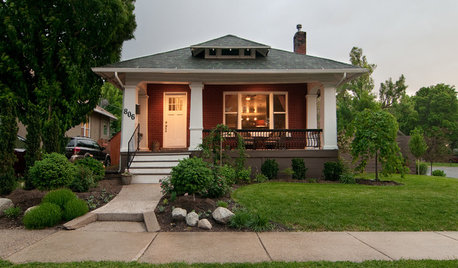
HOUZZ TOURSMy Houzz: Stripping Down Uncovers a 1910 Bungalow's Beauty
A first-time homeowner brings out the charm and coziness in her Utah home through determination and patience
Full Story
KITCHEN DESIGNYour Kitchen: Mix Wood and Painted Finishes
Create a Grounded, Authentic Design With Layers of Natural and Painted Wood
Full Story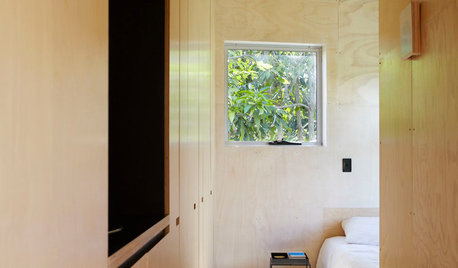
WOODDesign Workshop: Plywood as Finish
Trendproof your interior with this sensible guide to using this utilitarian material indoors
Full Story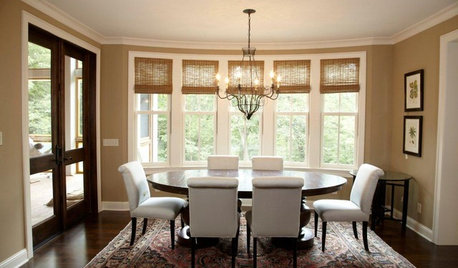
Woven Wood Shades Tie Rooms Together
Contrasting sharp modern edges or complementing a contemporary look, these window shades are a lovely finishing touch for any room
Full Story
MATERIALSRaw Appeal: 9 Wonderful Ways With Natural Wood
Go with the grain and use minimally finished wood for gorgeous accent walls, artwork and more
Full Story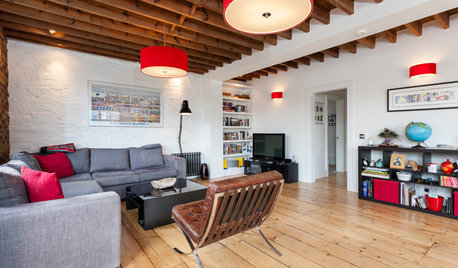
LOFTSMy Houzz: Ronnie Wood’s Old Art Studio Gets a Makeover
Check out this contemporary update of a former factory flat that survived World War II bombs and use by a member of The Rolling Stones
Full Story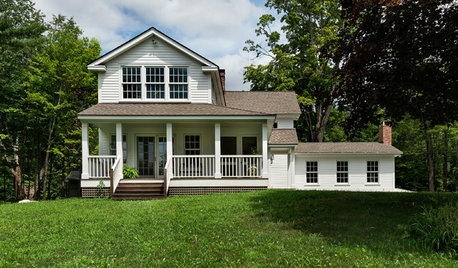
TRADITIONAL HOMESHouzz Tour: Reviving a Half-Finished Farmhouse in New England
This 1790s foreclosure home was flooded and caved in, but the new homeowners stepped right up to the renovation
Full Story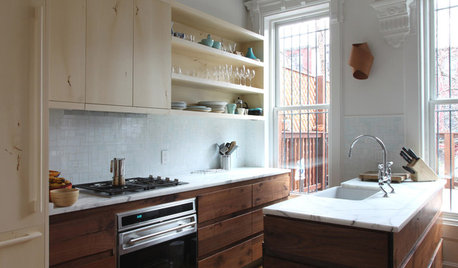
KITCHEN DESIGNKitchen of the Week: New Surfaces Cover All the Style Bases
Stripped and done anew in marble, milk glass and wood, this Brooklyn kitchen has fresh midcentury appeal
Full Story
PAINTINGKnotty to Nice: Painted Wood Paneling Lightens a Room's Look
Children ran from the scary dark walls in this spare room, but white paint and new flooring put fears and style travesties to rest
Full Story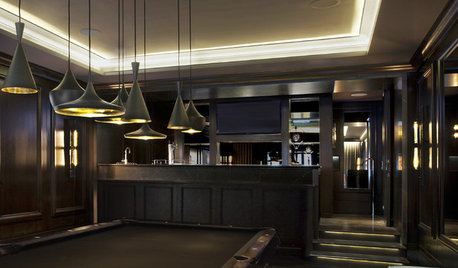
REMODELING GUIDESContractor Tips: Finish Your Basement the Right Way
Go underground for the great room your home has been missing. Just make sure you consider these elements of finished basement design
Full StorySponsored
Central Ohio's Trusted Home Remodeler Specializing in Kitchens & Baths
More Discussions










User
bobismyuncle
Related Professionals
Salisbury Cabinets & Cabinetry · Sunset Cabinets & Cabinetry · Enumclaw Carpenters · Solana Beach Carpenters · Sugarland Run Carpenters · Levittown Carpenters · American Canyon Flooring Contractors · Chesapeake Flooring Contractors · Des Plaines Flooring Contractors · Greenville Flooring Contractors · Medford Flooring Contractors · Miami Flooring Contractors · Poughkeepsie Flooring Contractors · Whittier Flooring Contractors · Carlsbad Furniture & Accessories